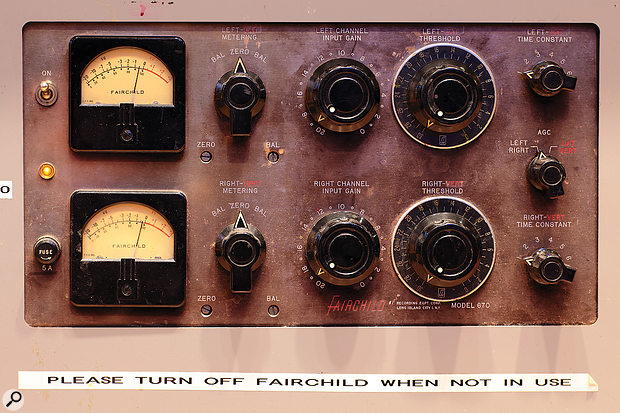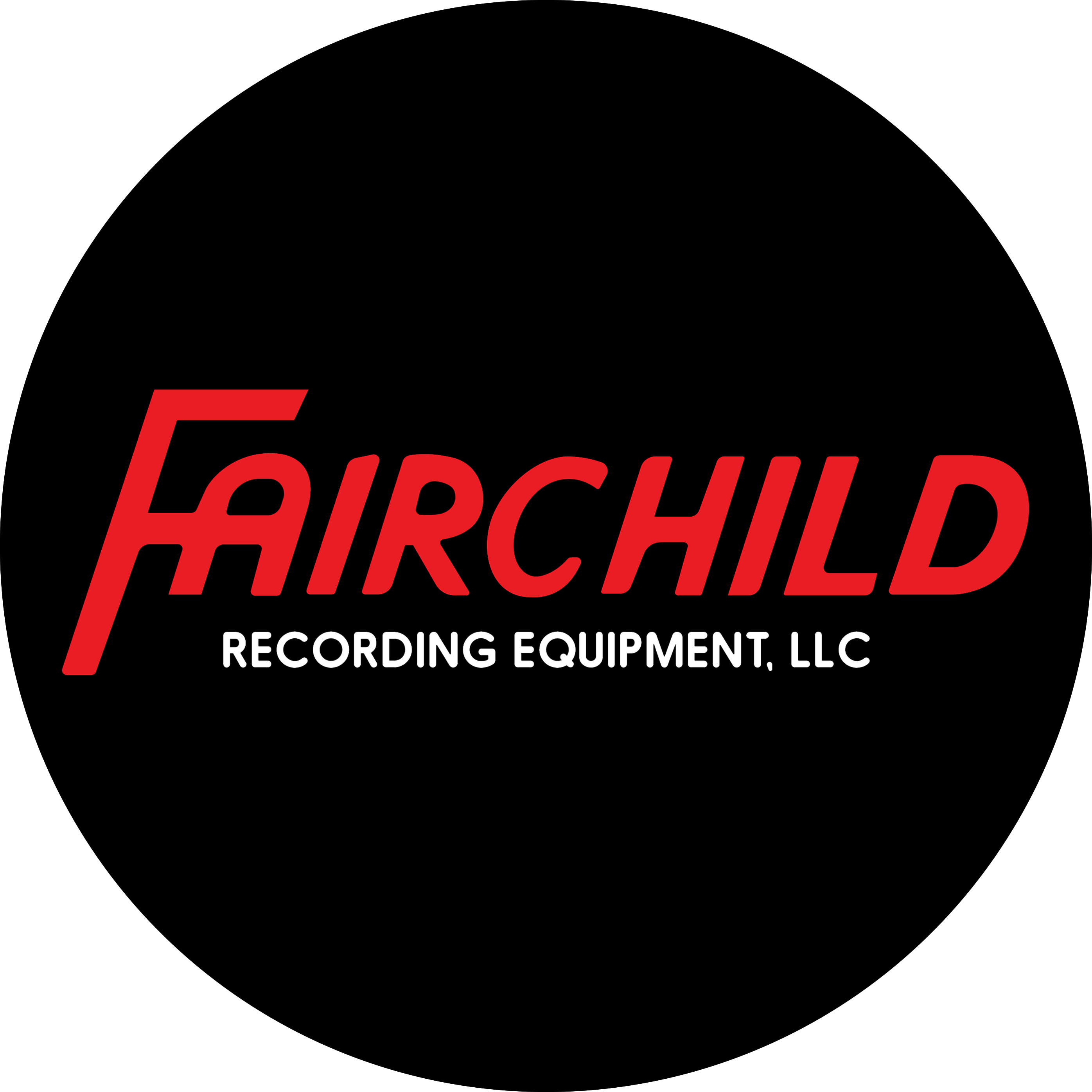
Fairchild History
The Fairchild 670 compressor, with its classic design and timeless charm, has played a pivotal role in shaping the sound of modern music. Since its introduction in the 1950s, it has become a coveted piece of audio equipment, celebrated for its smooth, musical compression and rich harmonic saturation.
The Fairchild 660 and 670 models, in particular, have achieved legendary status, known for infusing warmth, depth, and character into recordings. Despite being in production for only a short period due to the high cost and difficulty of maintenance, these iconic compressors left an indelible mark on the audio world. Only a few hundred original units were made, yet they found their way into the hands of music legends like Phil Spector, Brian Wilson, and George Martin, cementing the Fairchild’s place as a timeless staple in audio gear.
The Fairchild Recording Equipment Corporation is mentioned briefly in the extensive Wikipedia page of its founder, Sherman Mills Fairchild, a prominent American businessman and inventor from the mid-20th century. Fairchild, an entrepreneur, inventor, heir to an IBM fortune, and prolific company founder, is perhaps best known for his contributions to the aviation and photography industries.
Fairchild’s venture into audio equipment started in 1931, initially as a secondary interest to his primary pursuits. The Fairchild Recording Equipment Corporation capitalized on the surge in audio recording and playback, producing products like microphone preamps, turntables, hi-fi power amplifiers, and cutting lathes—many of which remain highly valued by collectors today for their exceptional craftsmanship and sound quality.
However, it’s likely that this offshoot of the Fairchild empire might have been forgotten if not for the involvement of one Rein Narma in the late 1950s.
Rein Narma was an exceptionally intelligent and energetic individual, born on July 31, 1923, in Tallinn, Estonia. He pursued electromechanical engineering at the Technical University of Tallinn and later earned an Executive MBA from Stanford University.
In 1952–1953, Rein worked as a recording engineer at Gotham Recording Corporation in New York City, where he recorded commercials, orchestras, and radio programs. From 1953 to 1955, he co-founded Gotham Audio Development Corporation, also in NYC, where he was responsible for designing and building recording equipment. Unfortunately, internal disagreements between the partners led to the company’s closure.
In 1955, Rein founded his own company, Rein Narma Audio Development, where he continued his work designing and constructing complex recording and mixing consoles, automatic volume limiters, and audio amplifiers for studios. He also modified Ampex multitrack recorders to meet more stringent distortion standards. His work included designing and building iconic studios such as Rudy Van Gelder’s in New York and New Jersey, Olmsted Sound Studios in New York, and the entire setup for Les Paul and Mary Ford’s studio in New Jersey. Additionally, Rein invented the first-ever intelligent automatic volume control limiter, which he licensed to Fairchild Recording Equipment Corp, where it became the famous Fairchild 670.
